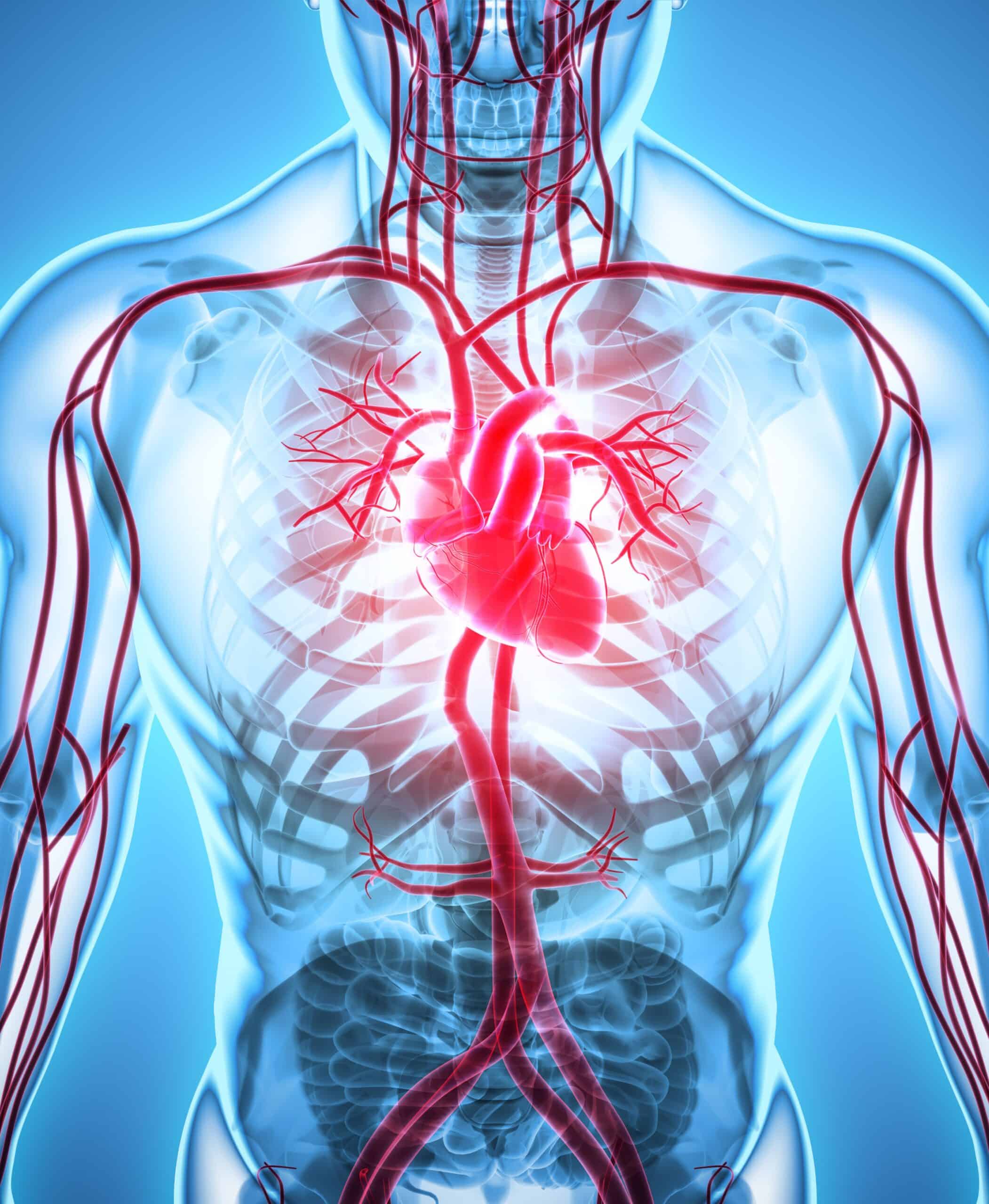50 people were involved in this study, 43 being men, who were experiencing angina or severe chest pains due to blockages in their arteries, all of which had undergone several artery-opening procedures such as bypass surgery or angioplasty to restore blood flow, but these measures would no longer help.
Participants were put into 2 groups: half receiving stem cell injections taken from their own bone marrow, the other half of participants received inactive call injections. Participants responses were varied after 3 months with some reporting complete relief and others partial benefits. Amounts of ischemia was halved in participant given marrow cells, significantly improving heart function and small grades of quality of life were higher according to the researchers.
Previous smaller trials of bone marrow cell therapy for heart disease produced conflicting results, this study is the largest know trial of the researchers to date and the first to demonstrate decrease in ischemia says Dr. Douwe E. Atsma of the Leiden University Medical Center. Participants who received “dummy” injections have since received bone marrow cell therapy.
Patients with heart failure were excluded from the study, future studies are planned for a trial of bone marrow cell therapy for people who have blocked arteries. Injections help to restore blood flow by promoting creation of new blood vessels, but it is not fully understood how that happens. It is possible cells injected become part of the vasculature, and may secrete proteins stimulating angiogenesis, or a combination; but whatever the reason researchers are enthusiastic for patients with no other alternative explains Atsma.
As this was still a small study addition research is required to ensure it is a more reproducible therapy. Follow up period was also relatively short at 3 months, a long period of time to follow the patients needs to be done to see how long the treatment lasts. Further studies will determine whether there is overall improvement in heart function says Dr. Amit Patel of the University of Utah, director of cardiovascular regenerative medicine.
More mechanistics have been provided giving insights into perfusion, reinforcing evidence that bone marrow cells are effective and safe. While results are good news and positive, it is not the panacea hoped for, more studies are required to learn more about the value of cell therapy across the complete spectrum of CVD, hoping the data provokes conversation and understandings of what needs to be done differently, says Doris Taylor director of the University of Minnesota Center for Cardiovascular Repair.




